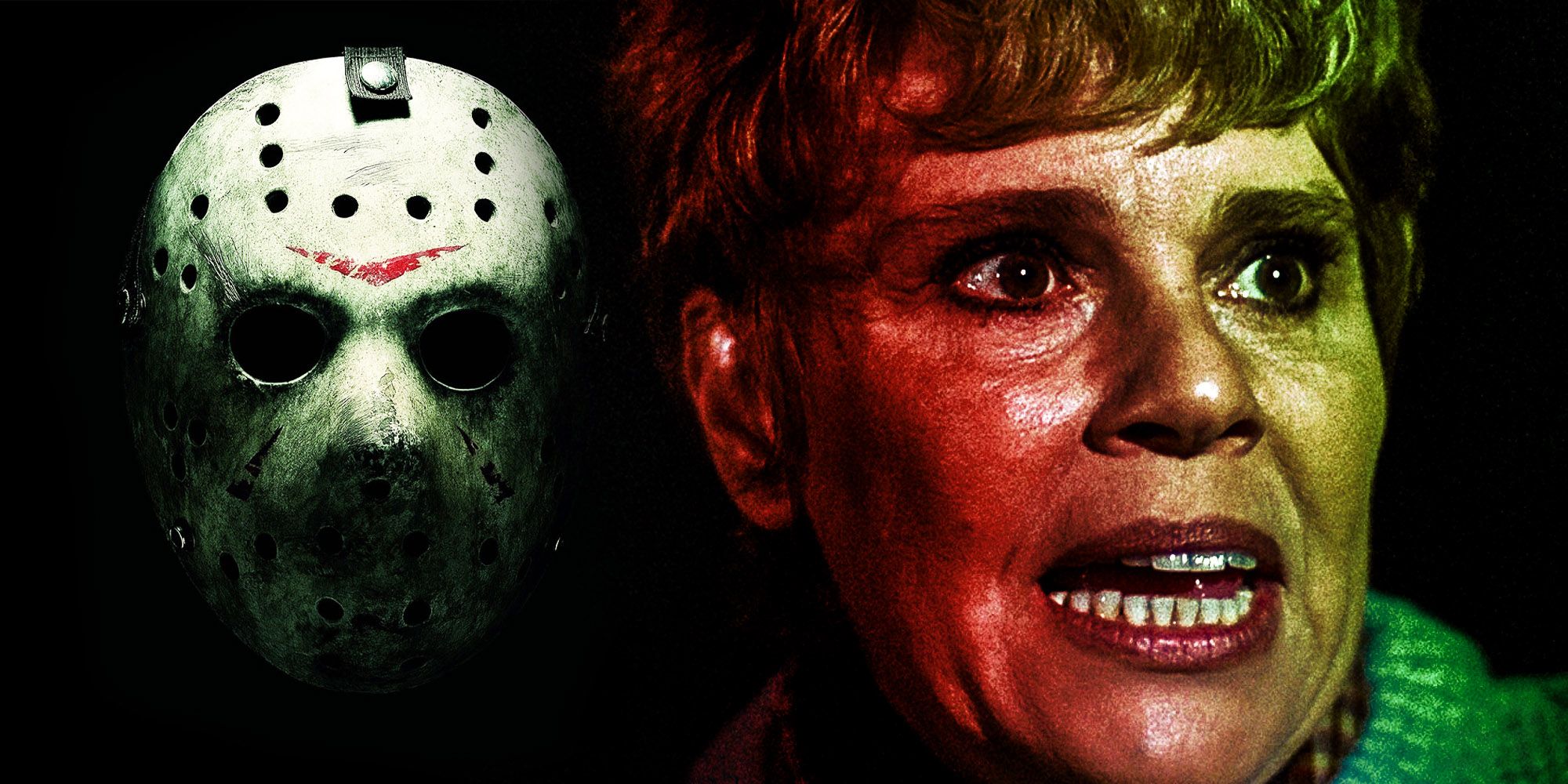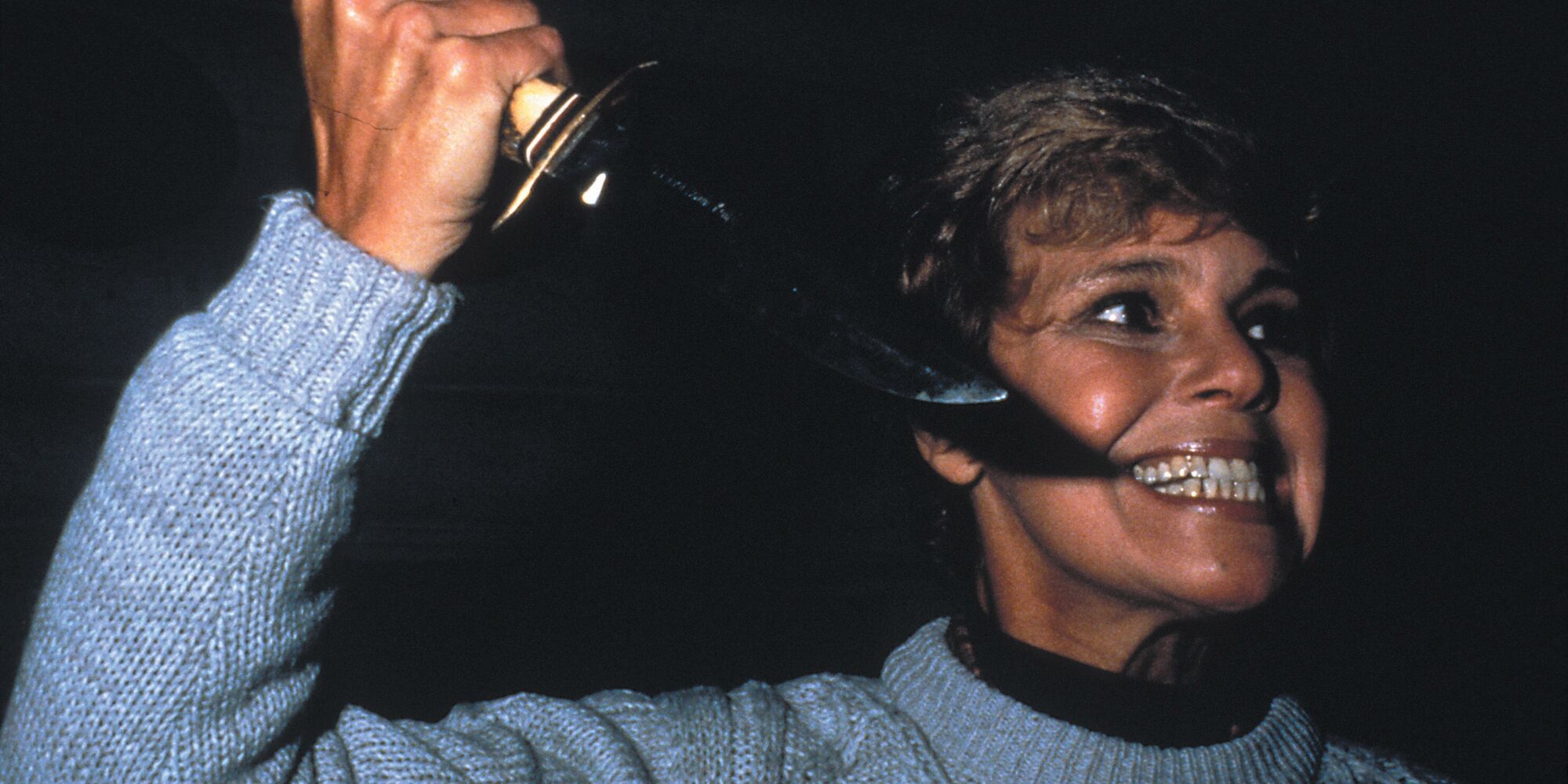Friday the 13th's twist ending is still shocking, but the original screenplay set up a major clue about the killer's identity. Released in 1980, Friday the 13th follows a group of teenagers being terrorized by a mystery killer at a summer camp. Despite (or perhaps because of) such a simple premise, the ensuing franchise has become a central pillar of pop culture horror and to date has featured around eleven different sequels and reboots, including Freddy Vs Jason, a 2003 crossover with Jason Voorhees' horror rival Freddy Krueger.
Jason has become one of the most prominent figures in horror cinema, but his role in the original Friday the 13th isn't what modern viewers might expect. In the end, it's actually Mrs. Voorhees who is the killer, bent on violently avenging the drowning of her son Jason years before. Jason would only be revealed to be alive in the sequel (although he does provide a brief jump scare at the end of the original). Jason's iconic hockey mask isn't even featured in the first two movies of the series.
In the final cut of Friday the 13th, Mrs. Voorhees' true nature is only brought to light via her expository explanation, but writer Victor Miller's script originally left a clue for the audience. Early in the film, the killer would lose a finger during a murderous struggle, setting up a later moment when Mrs. Voorhees - shortly after meeting final girl Alice - would be shown to be missing the same finger. While this would have been a change to the pivotal final twist, the idea was not cut for story concerns, but rather "for time and budgetary constraints," as Miller states in the Crystal Lake Memories documentary.
Friday the 13th came on a wave of slasher films in the 1980s attempting to replicate the success of John Carpenter's Halloween. While it seems fairly conventional today, Friday the 13th set itself apart not only through Jason's aforementioned indelibility, but also by its twist. This spirit of attempting to subvert certain expectations while meeting others can also be felt in the beginning when, following the first kills in 1958, a young woman named Annie - the presumptive protagonist - is killed shortly after her introduction in a Psycho-esque switch.
It's hard to say whether Miller's missing finger clue would have improved the reveal of the killer's identity or undermined it. Since Mrs. Voorhees only appears near the end, even a blatant clue wouldn't have changed viewers' experience too much, as they would have had little time to consider it. The primary difference would have been robbing Mrs. Voorhees' revelation of some of its power by cluing the audience to her true identity early. The practical reasoning behind the choice to drop this detail entirely is a reminder that many layers of consideration go into the production of even a project as simple and elemental as Friday the 13th.


